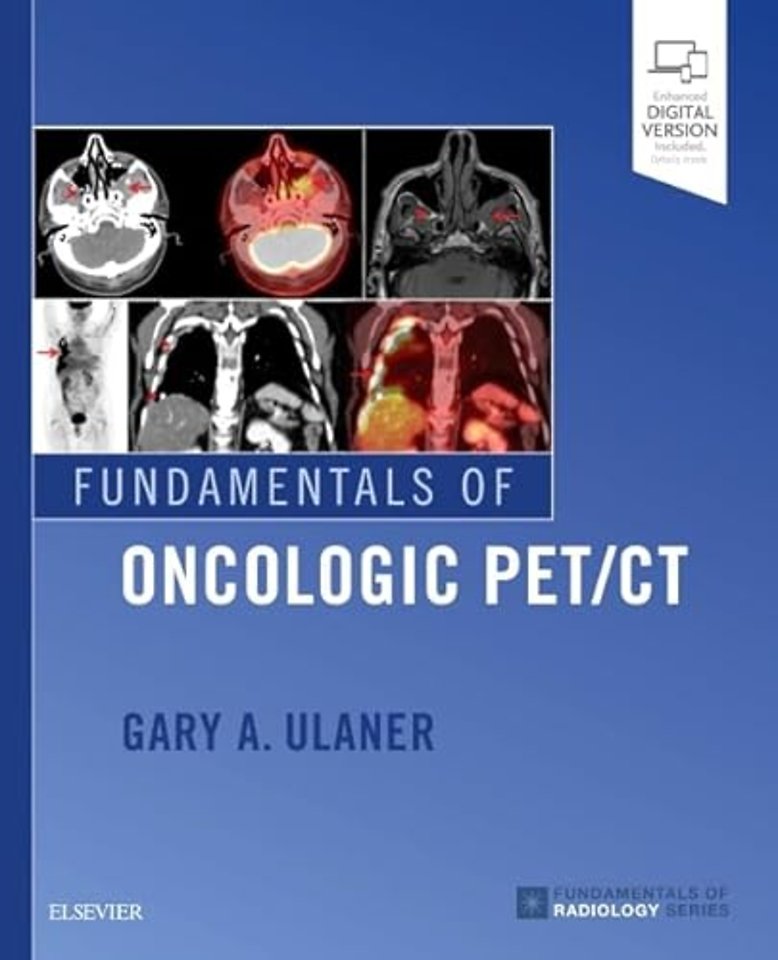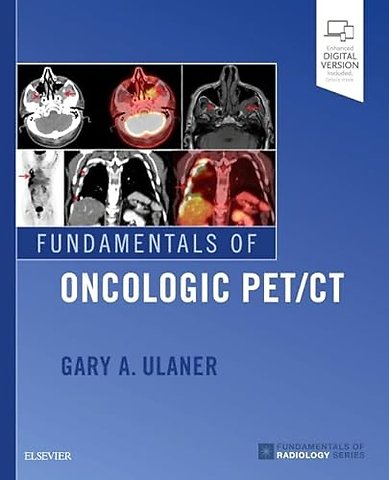Fundamentals of Oncologic PET/CT
Paperback Engels 2018 9780323568692Samenvatting
In the fast-changing age of precision medicine, PET/CT is increasingly important for accurate cancer staging and evaluation of treatment response. Fundamentals of Oncologic PET/CT, by Dr. Gary A. Ulaner, offers an organized, systematic introduction to reading and interpreting PET/CT studies, ideal for radiology and nuclear medicine residents, practicing radiologists, medical oncologists, and radiation oncologists. Synthesizing eight years’ worth of cases and lectures from one of the largest cancer centers in the world, this title provides a real-world, practical approach, taking you through the body organ by organ as it explains how to integrate both the FDG PET and CT findings to best interpret each lesion. Based on the Annual Oncologic PET/CT Continuing Education Course founded and directed by Dr. Ulaner.
Provides step-by-step guidance on how to interpret PET/CT images for patients with cancer.
Uses a unique, highly practical format, presenting common and uncommon findings for each organ system, and then explaining how to best arrive at a diagnosis for those findings.
Describes how to integrate PET findings with CT, MR, ultrasound, and radiography, to increase specificity of PET findings.
Features more than 1,000 high-quality PET, CT, and correlative radiographic images, with over 600 in full color.
Discusses how to avoid common interpretive pitfalls.
Demonstrates how to organize an FDG PET/CT report efficiently and concisely.
Includes a separate chapter on novel radiotracers – including Sodium Fluoride, DOTATATE, Choline, Fluciclovine, and PSMA targeting agents. Expert Consult™ eBook version included with purchase. This enhanced eBook experience allows you to search all of the text, figures, and references from the book on a variety of devices.
Specificaties
Lezersrecensies
Inhoudsopgave
Rubrieken
- advisering
- algemeen management
- coaching en trainen
- communicatie en media
- economie
- financieel management
- inkoop en logistiek
- internet en social media
- it-management / ict
- juridisch
- leiderschap
- marketing
- mens en maatschappij
- non-profit
- ondernemen
- organisatiekunde
- personal finance
- personeelsmanagement
- persoonlijke effectiviteit
- projectmanagement
- psychologie
- reclame en verkoop
- strategisch management
- verandermanagement
- werk en loopbaan

